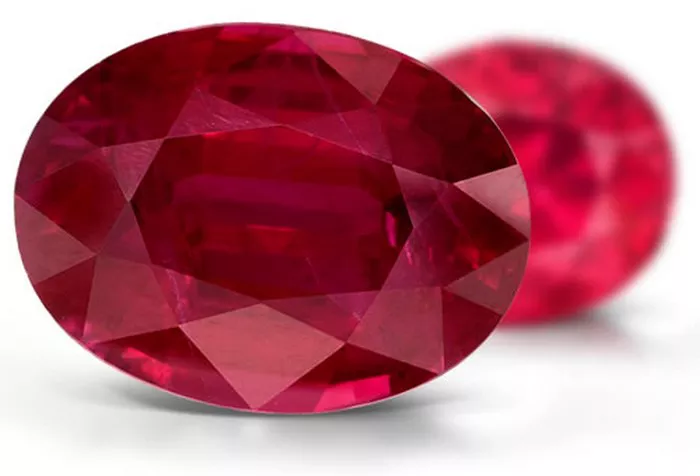Gemstones hold significant cultural and historical importance in Islam, with rubies being among the most revered. Muslims throughout history have valued gemstones not only for their aesthetic appeal but also for their perceived spiritual and healing properties. The tradition of wearing gemstone rings, particularly rubies, traces back to the time of the Prophet Muhammad (peace be upon him), forming an integral part of Islamic culture and history.
Significance of Gemstones in Islamic Culture
Gemstones have long been cherished in Islamic culture for their perceived mystical qualities and healing properties. The use of gemstones, including rubies, is deeply rooted in Islamic traditions and beliefs. The Holy Prophet Muhammad (peace be upon him) himself is reported to have worn at least one ring, setting a precedent that has been followed by Muslims worldwide.
Hadiths on the Prophet’s Ring
Numerous hadiths mention the Prophet Muhammad’s use of a silver ring engraved with “Muhammad Rasool Allah” (Muhammad, Messenger of Allah) as his seal on letters. This ring not only served as a means of identification but also symbolized authority and spiritual significance. The practice of wearing a ring, particularly one inscribed with religious phrases, continues to be observed by many Muslims as a form of piety and adherence to prophetic tradition.
Wearing Ruby in Islam
Beliefs Associated with Rubies
Rubies hold a special place in Islamic lore, believed to possess various beneficial properties for the wearer:
Protection: It is believed that rubies offer protection against ailments such as blood loss and heart diseases. Additionally, wearing a ruby is thought to ward off nightmares and evil spirits, providing a sense of security and well-being.
Courage: In times of conflict and warfare, warriors would often adorn themselves with rubies to imbue themselves with courage and strength on the battlefield. The vibrant red hue of the ruby symbolizes vitality and resilience in the face of adversity.
Vitality: Rubies are associated with vitality and energy, believed to invigorate the wearer and promote physical and emotional well-being. The radiant glow of the ruby is said to infuse the wearer with a sense of vitality and passion for life.
Wealth: In some traditions, rubies are believed to bring prosperity and abundance to the wearer, symbolizing wealth and success. It is thought that wearing a ruby can help alleviate financial hardships and attract opportunities for prosperity and abundance.
How to Wear a Ruby Ring
The manner in which a ruby ring is worn has been a subject of debate among Sunni Muslims:
According to the Hanafi, Maliki, and Hanbali schools of thought, it is preferred to wear the ring on the left hand.
Conversely, the Shafi’i school recommends wearing the ring on the right hand.
This difference in opinion stems from varying interpretations of prophetic traditions and cultural practices. Regardless of the hand on which it is worn, the act of wearing a ruby ring is imbued with spiritual significance and serves as a tangible expression of faith and devotion.
Other Gemstones in Islam
While rubies hold a prominent place in Islamic tradition, other gemstones are also revered for their spiritual and healing properties:
Yakoot (Ruby): Known for its vibrant red color, yakoot is highly prized for its association with vitality, courage, and protection.
Zaberjad (Jade): Jade is esteemed for its calming and balancing properties, believed to promote harmony and tranquility in the wearer’s life.
Zamarrud (Emerald): Emeralds are associated with growth, renewal, and prosperity, symbolizing vitality and abundance in Islamic culture.
Imam Ali Al-Ridha, a revered figure in Shia Islam, recommended the use of these gemstones for their purported benefits and spiritual significance. Their inclusion in Islamic traditions underscores the holistic approach to well-being, wherein physical, emotional, and spiritual aspects are interwoven.
In conclusion, the wearing of rubies and other gemstones in Islam is deeply rooted in tradition, belief, and spirituality. From the time of the Prophet Muhammad (peace be upon him) to the present day, gemstones have held a revered place in Islamic culture, symbolizing protection, courage, vitality, and prosperity. Whether worn for their perceived healing properties or as a form of religious expression, gemstones continue to play an integral role in the lives of Muslims worldwide, reflecting the rich tapestry of Islamic heritage and tradition.


